(Get free painting tips and plein air painting techniques sent straight to your inbox or on my social media.)
What is value in art?
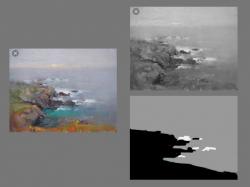
Generally, people think a color is something you find across a rainbow, in all its many variants and names, such as red, blue, violet, sage, aubergine, etc. However, color itself has three components: hue, saturation, and, value.
If you want to create beautiful color harmony in your work, your values must be accurate. It is impossible to have good color harmony and design in your paintings if you are not skilled with values. Value in art is one of the 7 elements of art.
What are the three components of color?
Hue is actually what people refer to as the color, so the terms green, orange, purple, etc are the hue of a color.
Saturation is how intense the hue is, from highly saturated such as yellow, to barely saturated such as ochre.
Value in art is how light or dark a color is, and is possibly the most important component of color. For example, black is a dark value, white is a light value, and there are a range of values between the two which we call grays. On the monochrome (color with no hue or saturation) value scale below, you can see the different values of white, light gray, middle gray, dark gray. and black.

What does value in art mean in relation to hue?
When you convert a full color wheel image to monochrome (black and white) which removes the hue, you can clearly see each one has a different value in art.
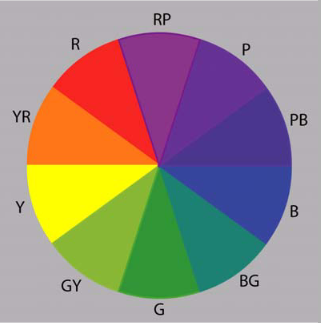
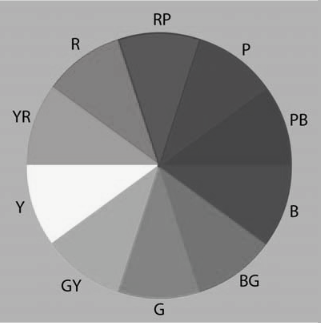
Notice how many colors in the color wheel have similar values, despite having very different hues. When placed next to each other these colors would have very little contrast in value and your viewer’s eye may find it difficult to identify which color has more importance in your painting.
Each hue in the spectrum has a dark or light value. Obviously you can see that white is a light value, and black is a dark value, but it is a little more difficult when it comes to determining the value of other hues. Look at these hues, then compare it to the monochrome version below. You can see that the red on the left has a much darker value than you think.
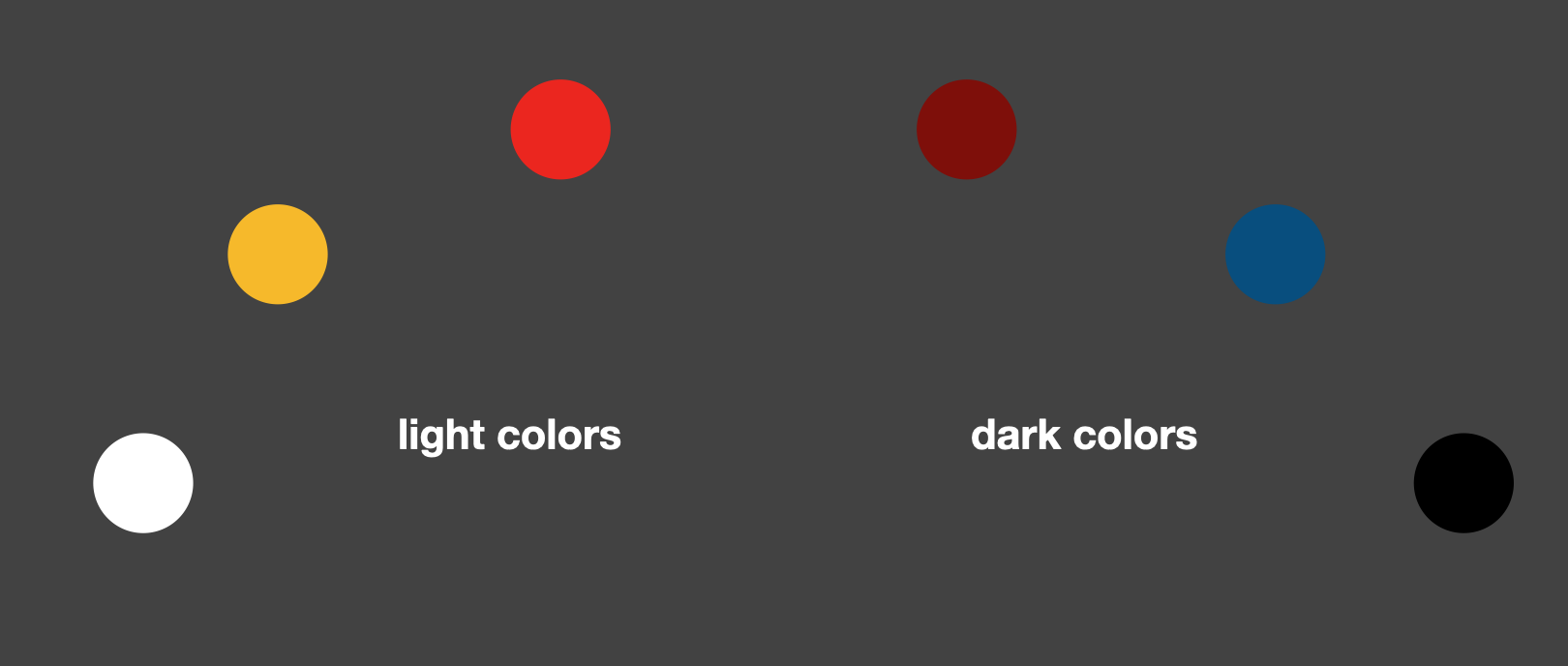
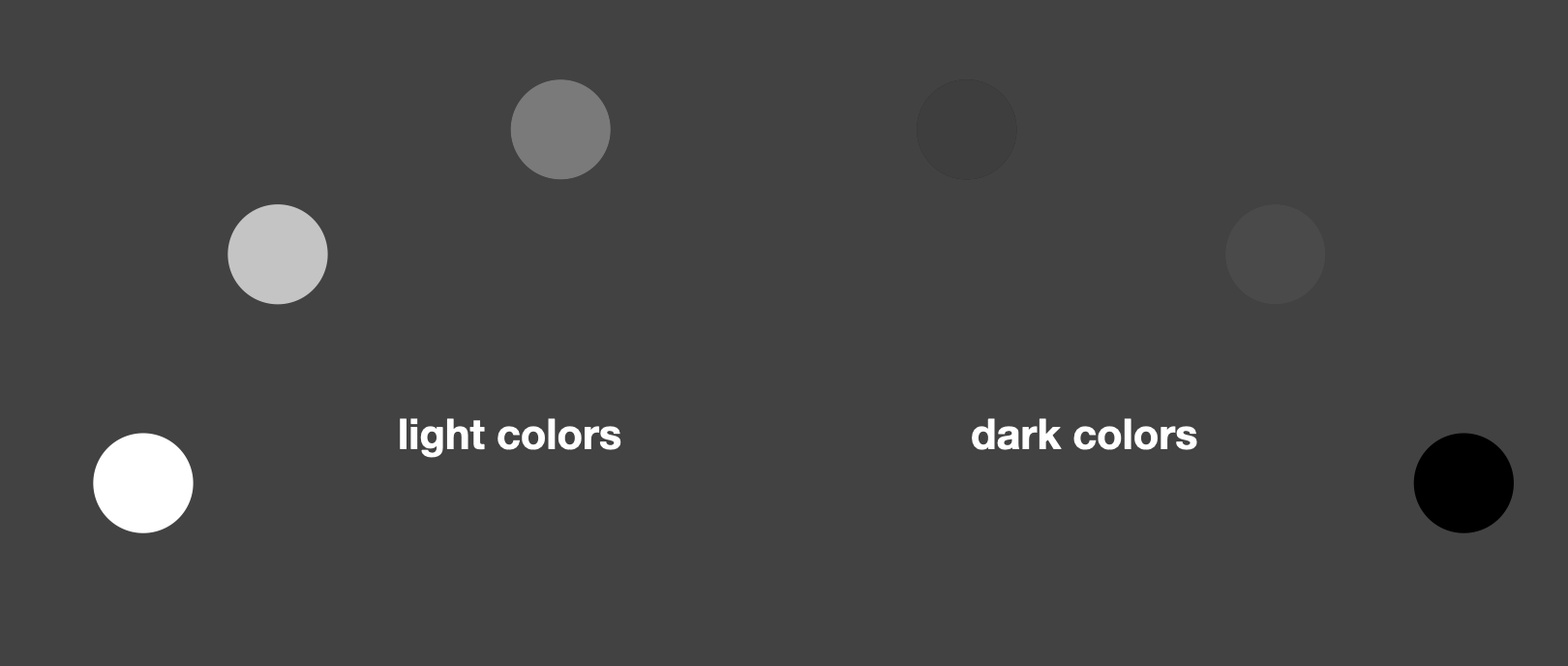
Look what happens if you add the same amount of white to each of the above hues. You would think they would get evenly lighter in value, but look at the monochrome version. Some hues are getting much closer in value, while the blue got slightly darker and has almost disappeared in the monochrome version.
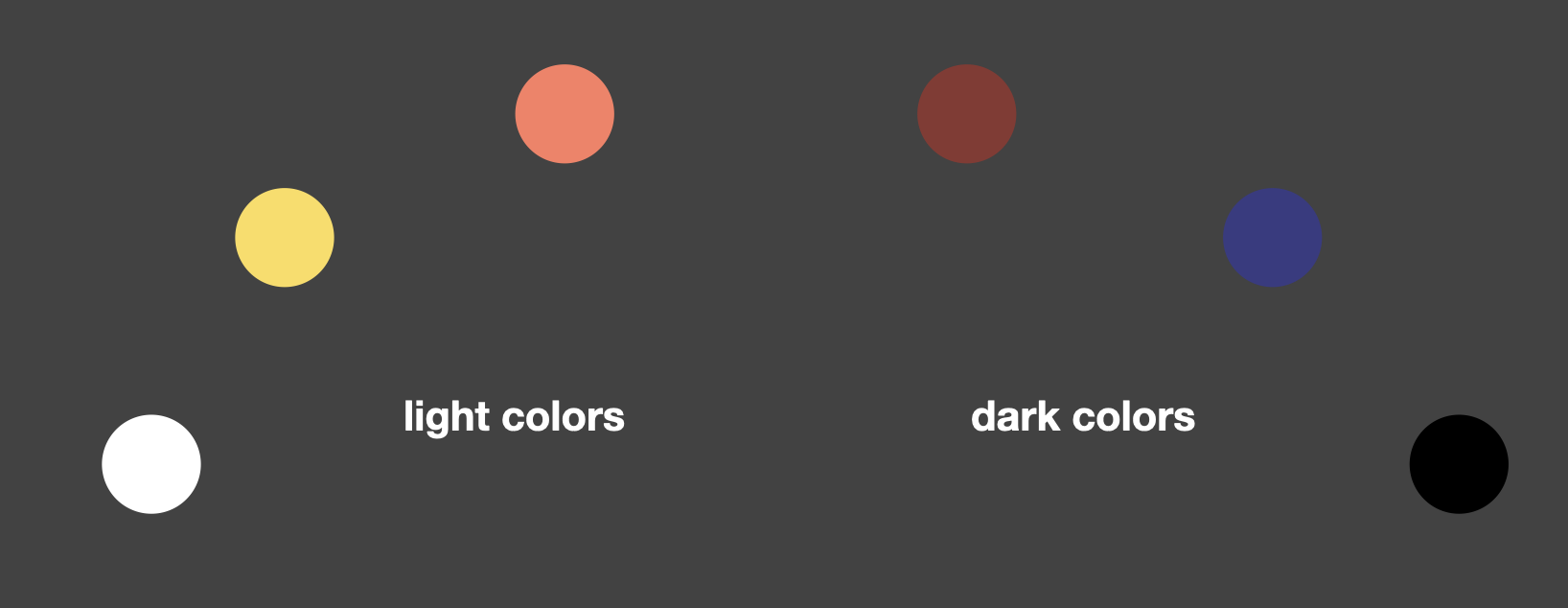
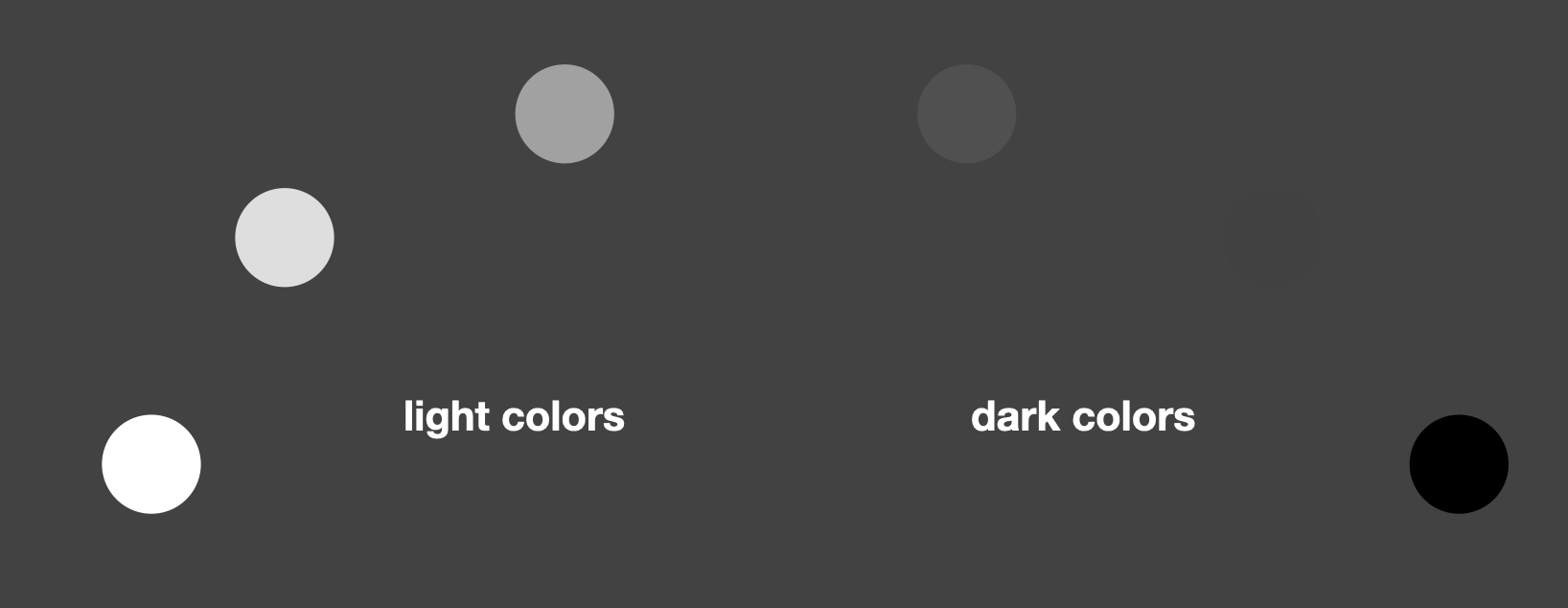
You can have two different colors which appear completely different in hue, but have exactly the same value, like the white and yellow in the above example. There is little value difference between these colors despite the different hues.
What does value in art mean in relation to saturation?
In the diagram below, you can see many hues, all with the same value. Squint and they all blend together. This is because each hue has been blended with black and/or white to make it have the same value as all the other hues on the scale.

Why is value in art important?
When you convert a photo or an old master painting to monochrome, you can clearly see the values in art. You are only seeing the values without the distraction of hue and saturation. If the image looks good in monochrome, then the values of the image are correct. It does not matter the style or genre of the painting, if the values are not correct it will look wrong.
Take a look at these paintings in color and converted to monochrome. Even though Ilya Repin and John SingerSargent used many colors for the skin tones and countryside, the values are so perfect the monochrome versions almost look like a photograph.
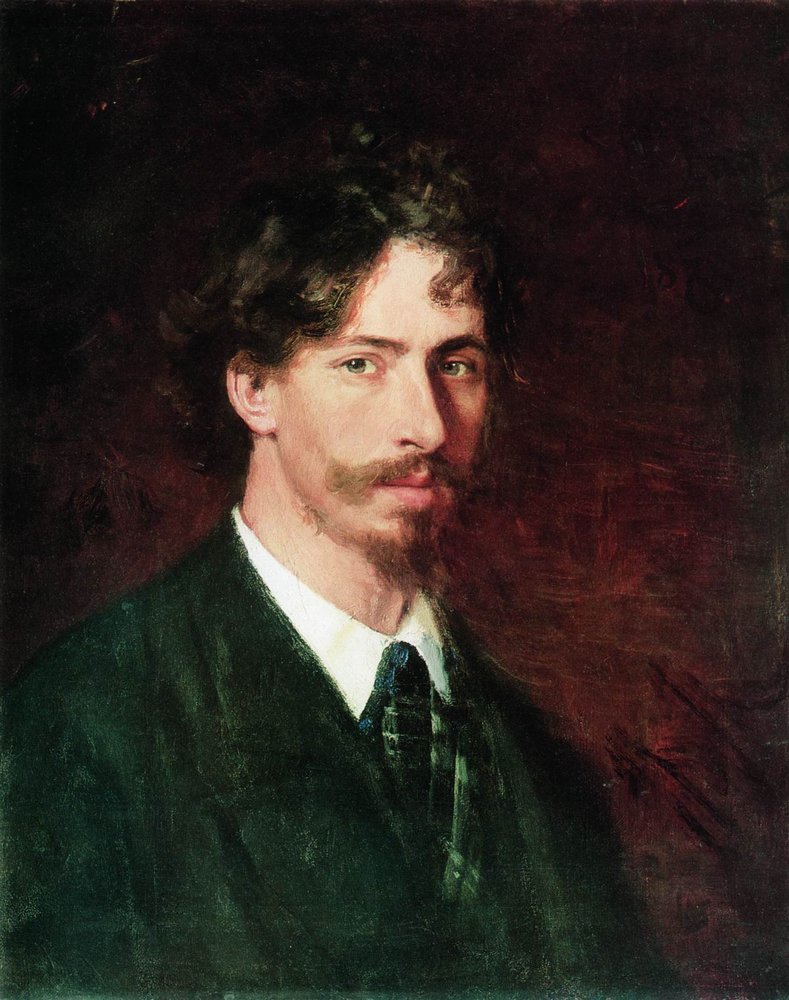
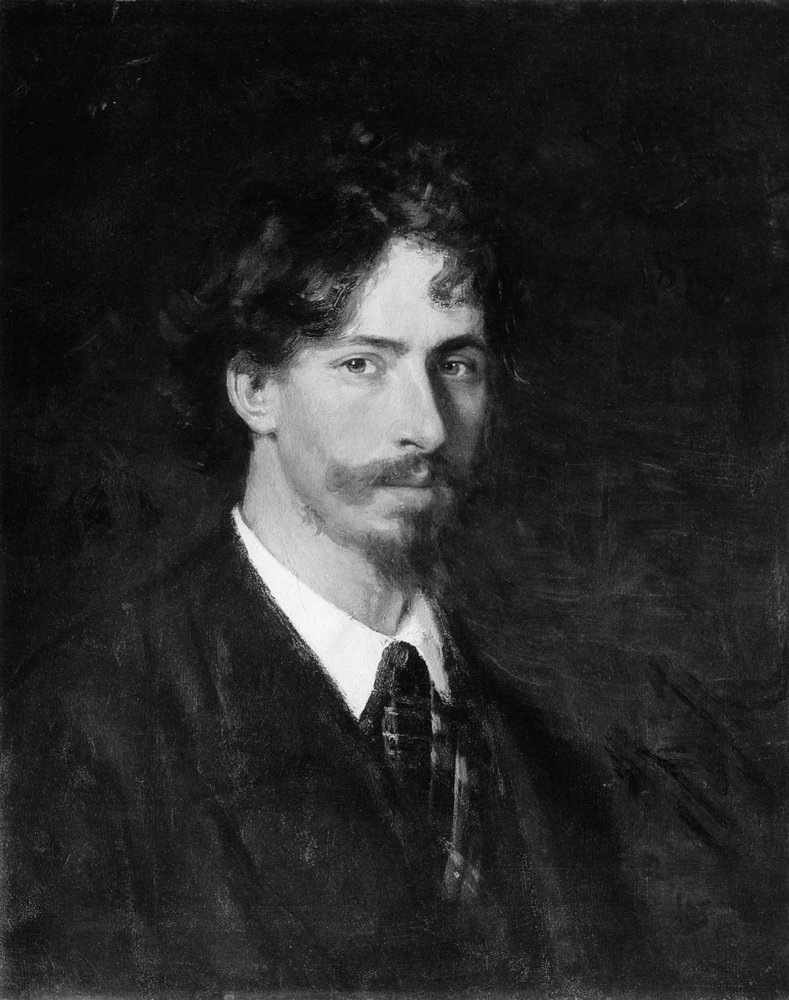
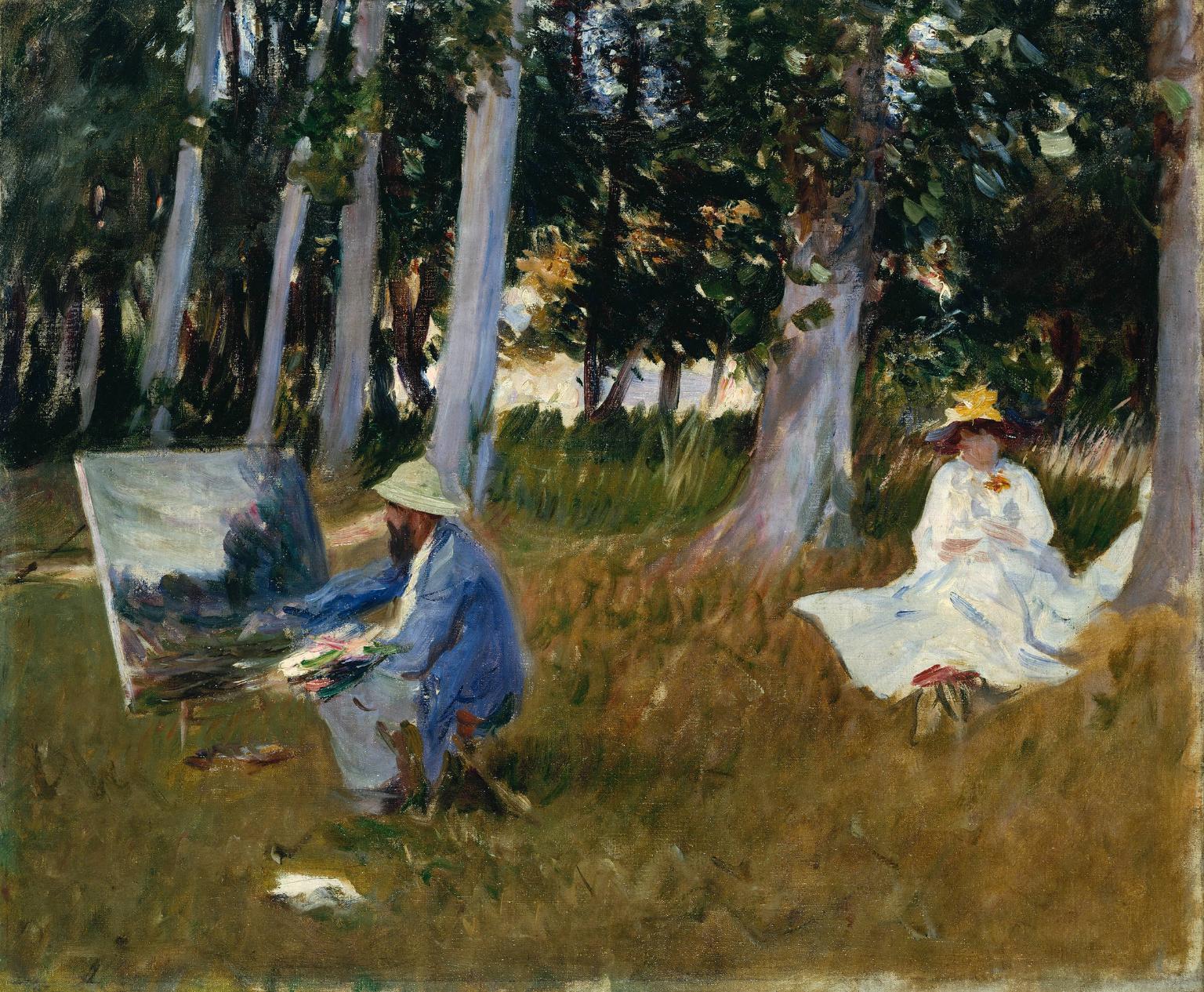
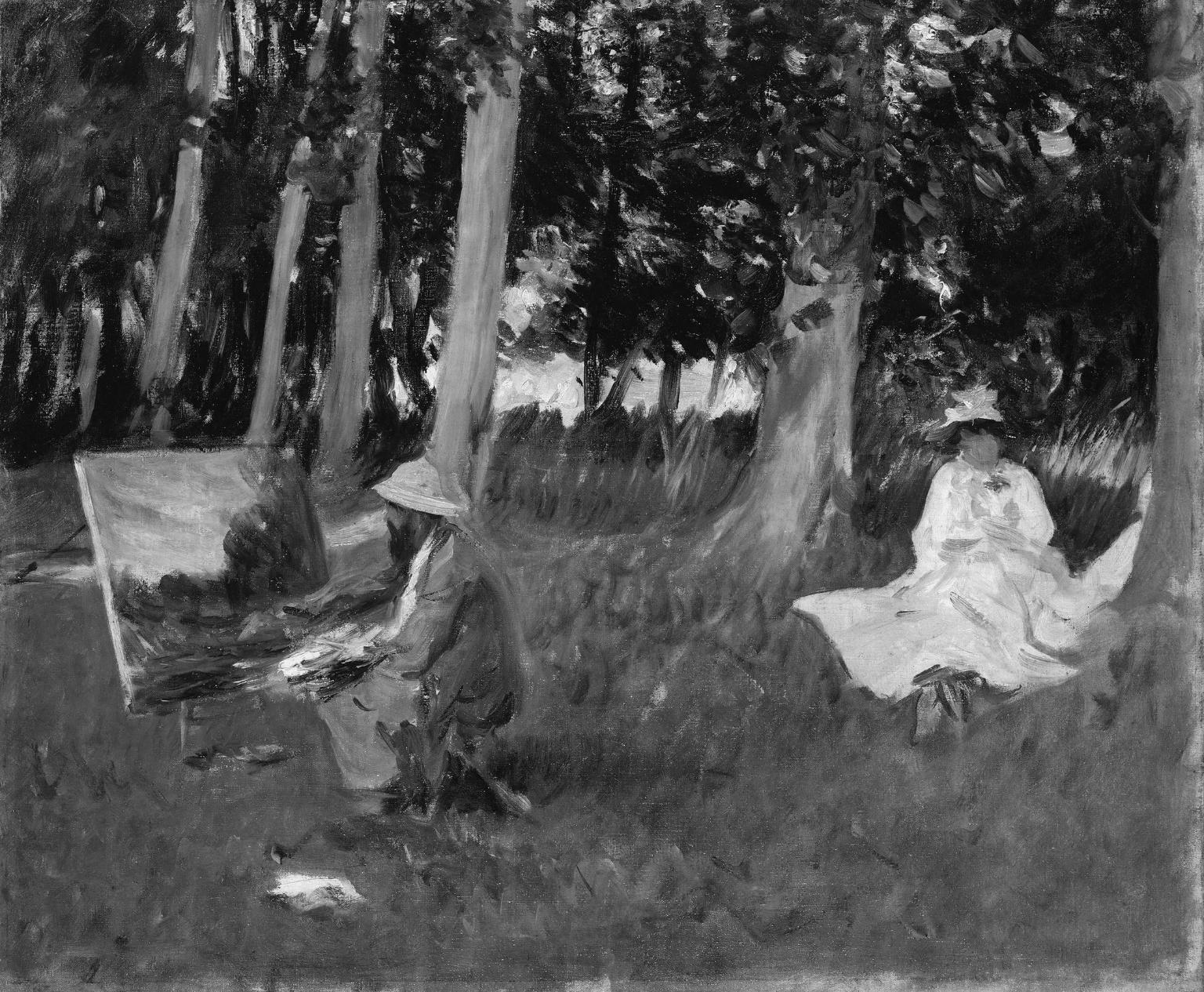
How do I achieve a good value range in art?
Below is a scale of value in art ranging from 1 to 9:

There are an infinite number of values between white and black, so artists this down so they are only using 1 to 9 values. More than 9 and your painting because chaotic and disjointed. Any color you use in your painting can be compared to one of the values in this limited range.
There is no need to use all 9 values in your painting. If you look carefully at old and contemporary master paintings they generally use a dark value, a light value and a gray value.
Look at these paintings, all different in style but if you squint at them, or turn them to monochrome, you will see they use very few values.
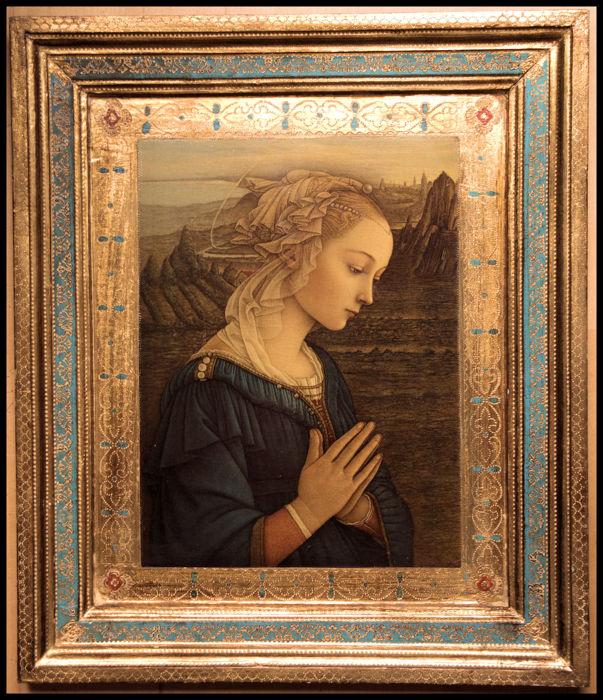
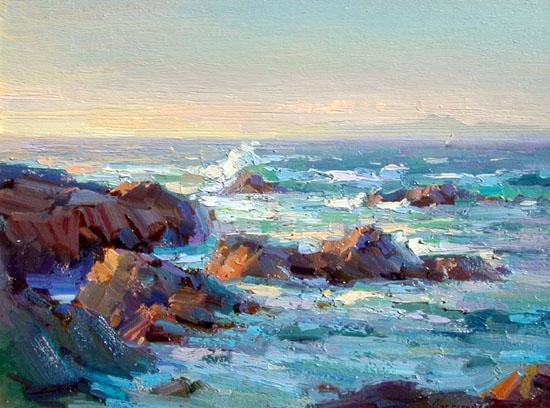
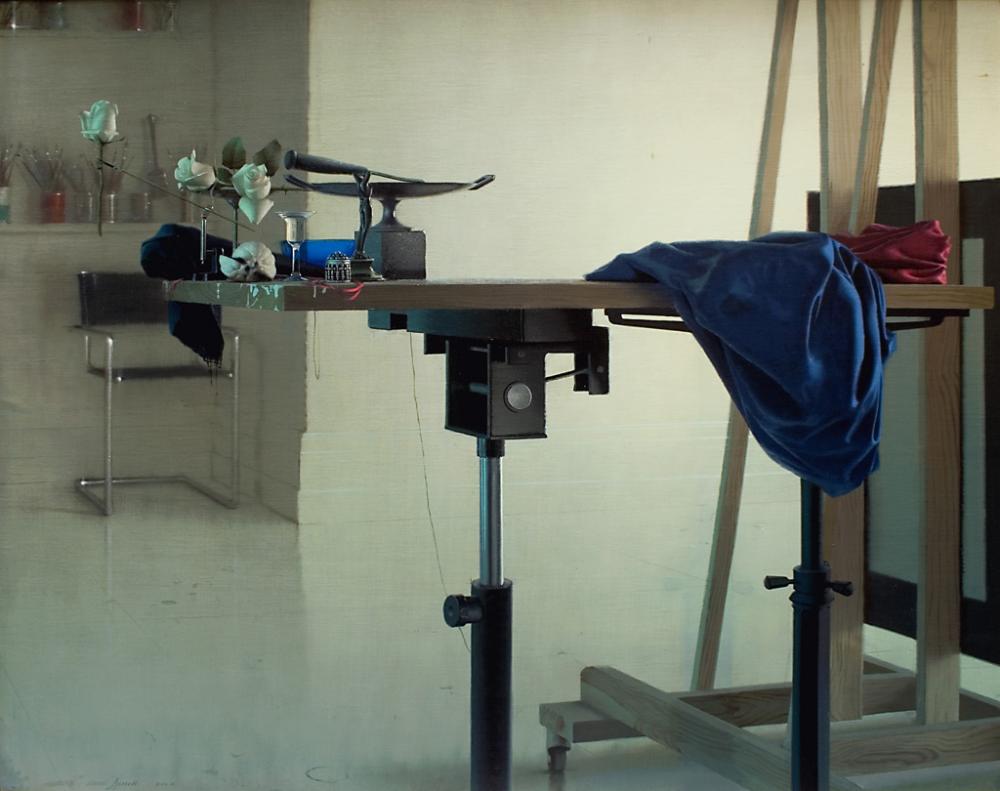
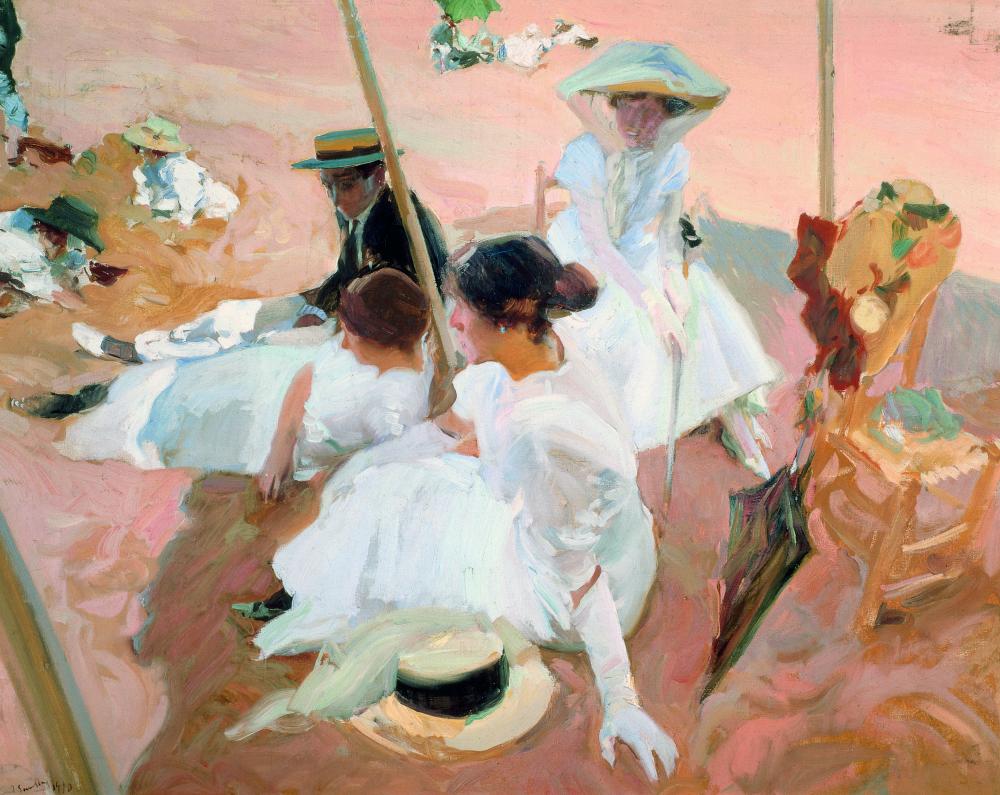
Which is more important, value or hue?
Value in art is important for creating the overall design, and for keeping the viewer’s eye concentrated on the focal point of your subject. More importantly, without a strong knowledge of values you will never be able to accurately capture the scene in front of you, and it will not look realistic. It doesn’t mean that color is not important, it is just secondary to your artwork. As we’ve already seen, paintings can be just as impressive in black white and gray.
The Fauvism movement of the early 1900s, artists like Derain and Matisse non-naturalistic hues, and refused to use the hue that you usually associate with an object. Look at this painting by Andre Derain. He painted the trunks of the trees in reds, blues, and purples. and the sky in green. However when you convert it to monochrome, it still looks real.
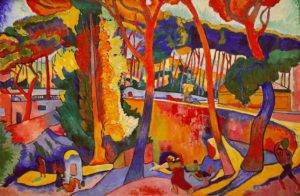
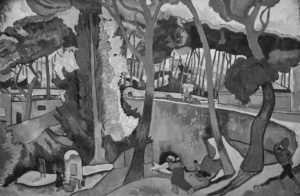
How can you improve your understanding of value in art?
The easiest way to improve your understanding of value in art is to draw using charcoal and graphite, or create studies using only black, white and gray paint. This takes away the complexity of color and forces you to think in terms of light and dark.
If you try to understand painting without forming a solid knowledge base, then you may struggle to truly appreciate the importance of value. Too many beginners dive straight into color, but you will learn how to create better artwork if you start with value. Once you are able to draw and paint with values only, then you’ll be able to create better finished work when you incorporate color.
Three exercises for you to practice using value in art
1. Make your own 5 value scale
Practice mixing grays to create a limited value scale that you can use to compare to color mixes in your paintings.
- On your palette, layout black and white paint.
- Mix a pile of middle gray paint that is about half way between black and white.
Tip: Check to see you have an even step in value between the adjacent piles. If you were not accurate in judging the midway point in step two, you will find your piles are not evenly spaced in value. - Mix some of the black and middle gray to get a pile of dark gray that is about half way between black and middle gray.
- Mix the middle gray and white to get a pile of light gray that is about half way between middle gray and white.Paint five squares using the five values you have just mixed.

Once you have your value scale, find some black and white images and use your five value tool to determine which values there are on the image.
2. Use your value scale to find the value of a patch of paint
- Hold the scale next to the area you want to compare.
- Squint at both the image and the scale.
- Move the value scale to the left and right, until the value and color patch merge as one.
3. Make your own 9 value scale
- Repeat the steps for making a 5 value scale.
- Mix the adjacent piles to make more values. For example, mix black with dark gray to get a medium dark gray. Mix the light gray and white to get a pile of lighter gray paint.
- Do the same for mixing the middle gray and dark gray, and middle gray and light gray paints. You now have a nine-value scale
- Paint nine squares using the values you have just mixed.

Now repeat exercise 2 with your nine value scale. It is not as easy as it looks, but if you cannot accurately match values you will never be able to create a realistic painting.
More tips for beginner oil painters
See this article on oil painting for beginners.
What are oil paints? See wikipedia
Thank You
Thank you for taking the time to read this article. I hope you find it useful. If you would like to get free painting tips by email, please sign up for my free tips newsletter.
If you are interested in a structured approach for learning how to paint, take a look at my online painting classes.
Happy painting!
Barry John Raybould
Virtual Art Academy
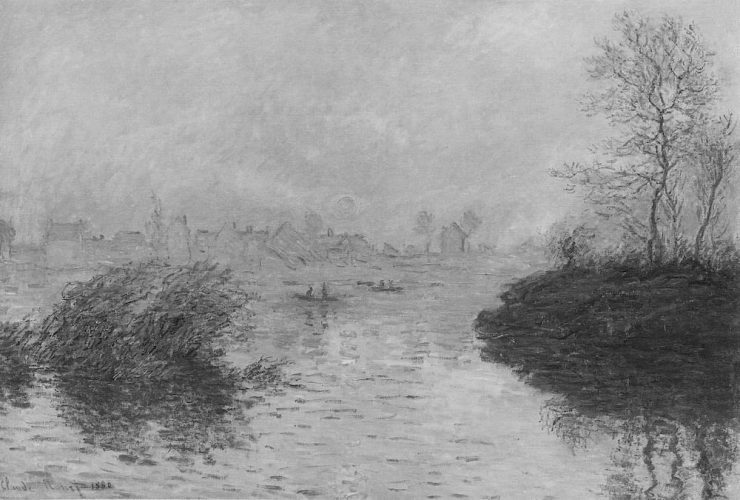






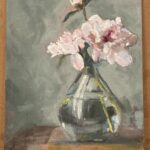

















Thank you I never understood this as a thought out concept. I thought it was just something that you do naturally. I’ll never paint or draw the same way again . I would like to find a way to look at my drawings with the hue removed. I assume there are apps that can do this for you.
Take a digital photo of your art then open the photo in a decent digital photo editing app..Use the color adjuster tool in the app to create a monochrome version of your art photo.
For example, I take a photo of my art with my iPad then use the Edit app in the iPad’s photo storage app to create a monochrome copy.
It depends. Is your drawing digital or traditional?
Either way, there is an easy solution to this , however, it is VERY important you do it CORRECTLY, otherwise you won’t see the actual values.
Allow me to explain:
If you use an Apple product, Windows or Android, there are settings for the entire screen to make it fully grayscale (links below). That way you can take a photograph of your art and study the values. Remember to take the photograph in good lightning and have the camera properly focused on the object, to see the values correctly.
However, if you create digital art, or, paste your photograph into your art or editing program, it is VERY important that you do NOT do this:
It’s easy to believe that you can remove the saturation and you will see the proper values, but this is incorrect!
To do it CORRECTLY you can either do the same thing with your screen setting as explained above, OR, create a white layer on top of your drawing and set the overlay setting to “Color”. This works for most Art programs.
For Iphone and ipad: https://osxdaily.com/2015/02/13/grayscale-mode-ios/
Mac: https://www.howtogeek.com/449389/how-to-enable-grayscale-on-your-mac/#:~:text=If%20your%20computer%20is%20running,black%2Dand%2Dwhite%20view.
Windows: https://www.technipages.com/enable-greyscale-mode-for-windows-pc
Android: https://techcult.com/enable-grayscale-mode-on-android/
—
If you have followed the steps necessary for you, congratulations! You will now be able to study your colorful drawing with the correct values in grayscale. Enjoy!